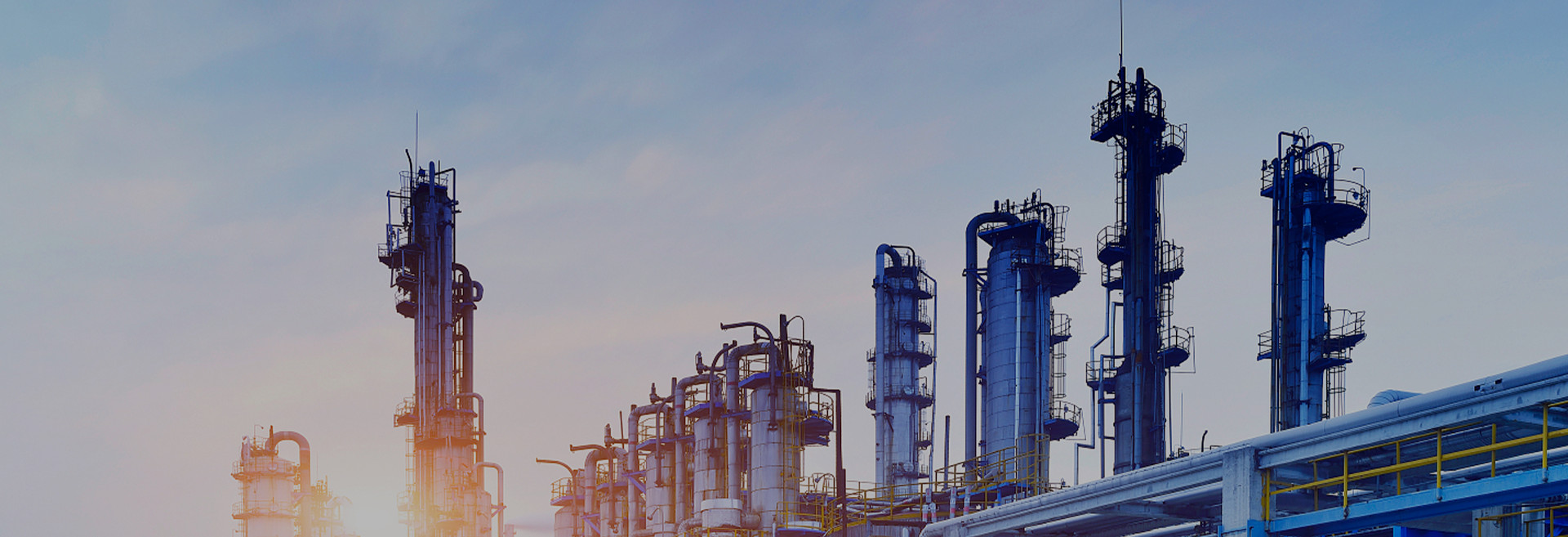There is a difference between calibration gases and gas mixtures, and standard gases are mainly used for calibration of various gas analyzers. Such gases must be labeled with a concentration value, which is not necessarily the value of the gas analyzer, and a gravimetric mixture.
This type of calibration gas is used in a wide range of applications. The field of automotive exhaust testing is to measure the concentration of exhaust gases from mobile emission sources such as automobiles, and almost all of the tests are performed using non-discrete infrared analyzers for carbon monoxide and carbon dioxide, hydrogen flame ionization detectors for hydrocarbons, and chemiluminescent analyzers for nitrogen oxides.
Calibration gases are necessary to give these instruments a high degree of accuracy in use. A large number of calibration gases must be used for each determination, e.g. zero point gases to determine sensitivity and periodic calibration of the detection line. In order to correct the full scale line of this type of testing instrument, at least two or three points are needed, in most cases a total of nine points are needed together with the zero point, and eight different concentrations of standard t gases have to be prepared to calibrate the detector.
However, the general mixture of two or more gases, and as long as the approximate concentration of the mark, can meet the requirements of the use of such gases first as a gas analyzer to use the gas, for example, hydrogen content of 10%, helium content of 90%; and as a gas chromatographer For gas chromatographs, the carrier gas is 5% or 10% methane and 95% or 90% argon, while the fuel gas used for hydrogen flame total hydrocarbon detection is 40% hydrogen and 90% helium. The fuel gas used for hydrogen flame total hydrocarbon detection is hydrogen content of 40%, helium content of 60%; for chemiluminescence analyzer ozone content of 20-60%, argon content of 60%.
Post time: Jan-17-2024

